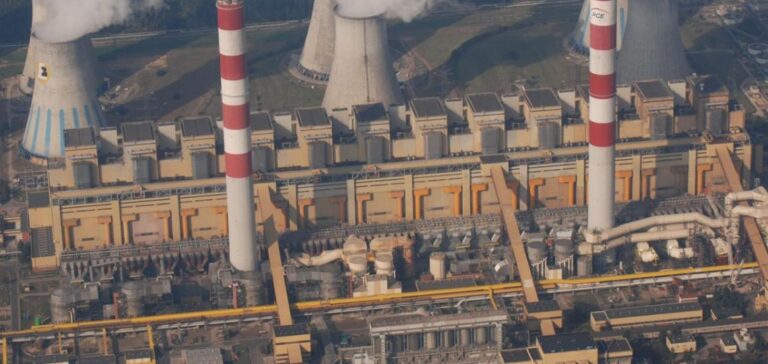The global energy crisis triggered by Russia’s invasion of Ukraine has transformed the structure of natural gas markets. Demanding closer dialogue between producers and consumers. To ensure short and long-term security of supply and reduce emissions.
Shaping a new global gas market: Towards greater security and flexibility of supply
Tensions on gas markets have eased considerably since the start of 2023, according to the latest edition of the IEA’s Global Gas Security Review. However, the new analysis underlines that greater coordination between market participants remains essential. Given the major changes in the way gas markets operate. The new safety review also includes the latest quarterly analysis of the IEA’s Gas Market Report. The report comes ahead of the 12th LNG Consumer Conference to be held on July 18 in Tokyo.
The event, jointly organized by the IEA and Japan’s Ministry of Economy, Trade and Industry, will provide an important forum for discussions between natural gas and LNG producing and consuming countries. The new IEA report also focuses on the integration of low-emission gases into energy systems. Increasing the use of these gases will play a key role in reducing the sector’s greenhouse gas emissions.
“A new global gas market is taking shape after last year’s crisis. In this context, responsible producers and consumers need to reconsider their approaches to security and flexibility of supply, cooperating even more closely,” said Keisuke Sadamori, Director of Energy Markets and Security at the IEA.
“Significant efforts are also needed to reduce the carbon footprint of gas supply chains, including through greater use of low-emission gases. I look forward to discussing these issues with market players in Tokyo this week.”
High inventories but persistent uncertainty on gas markets
The IEA’s latest assessment of market dynamics shows that gas markets have moved towards a gradual rebalancing since the beginning of the year. High inventories at storage sites in the main Asian and European markets justify cautious optimism ahead of the 2023-2024 winter heating season in the Northern Hemisphere. If injections continue at the average rate seen since mid-April, EU storage sites will reach 90% of their working capacity by early August, and could be close to 100% full by mid-September.
However, complete storage sites are no guarantee against market volatility during the winter. Major uncertainties remain as we approach the next heating season. A cold winter, combined with a complete interruption of gas supplies from Russia to Europe at the start of the heating season, could easily reignite market tensions. Fierce competition for gas supplies could also emerge if North-East Asia experiences colder-than-usual weather and economic growth in China is stronger than expected.
Reassessing gas supply flexibility: The consequences of phasing out Russian exports to the EU
The security of the world’s gas supply remains at the forefront of energy policy-making, with growing complexity in both the short and long term. LNG has become a basic source of supply for Europe. Its share of total EU demand has risen from an average of 12% in the 2010s to almost 35% in 2022. An increase similar to the contribution of piped gas from Russia before the invasion of Ukraine.
At the same time, China’s balancing role in world gas markets is set to increase. In addition, gas supply flexibility needs to be reassessed in the light of the phasing out of Russian pipeline gas exports to the European Union. As producers and consumers engage in closer dialogue to address these dynamics. The new IEA report recommends that they explore the development of innovative commercial offers. New supply mechanisms and cooperation frameworks for more flexible LNG supply.






















